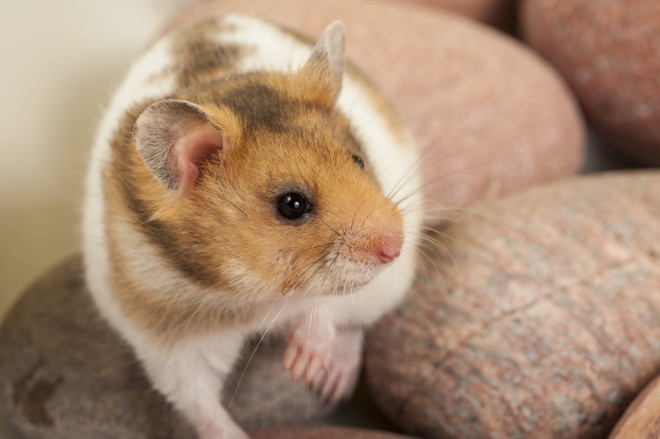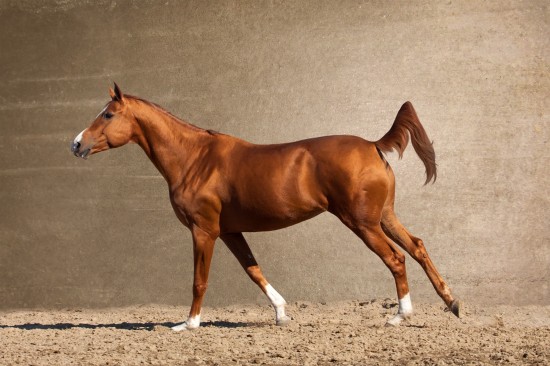The English Setter has a flat coat with lots of feathering, the coat should be long and flowing. They have an oval shaped head, with a long and almost square shaped muzzle. The coat can come in several colors including blue belton, which is white with black markings, orange belton, which is white with orange flecks, lemon belton, white with orange flecks and a light nose, liver belton, which is white with liver markings. You can also get a tricolored English Setter which is blue or liver belton with tan markings. With any of these colorings the speckling can be of any size and can be spread out or close together. History. The English Setter was first developed in Spain in the 1500's, they were a cross between the Spanish Pointer, large Water Spaniel and the Springer Spaniel. Their appearance today can be traced back mainly to two men, Mr. Edward Laverack and Mr. R Purcell Llewellin. Mr. Edward Laverack was the man who developed the English setter to look the way we know it today by carefully breeding them during the 19th century. Mr. R Purcell Llewellin, a name now famous amongst today's English Setters, used Mr. Laverack's best dogs and bred them with other superior bloodlines. Todays dogs, who can trace their family back to the dogs that Llewellin first used can be called Llewellin Setters. They are a working breed whose talents include tracking, retrieving, pointing, watchdog and agility, but they were mainly bred for bird hunting.
Temperament. English Setters are an energetic dog that can be very people pleasing, and love to receive attention. However they can be strong willed and mischievous, when allowed to get away with it, so gentle reminders, of what is and what is not allowed, are important. It's important not to be too dominant with them as they are very sensitive dogs, for example, although they are highly trainable they will often not try, out of a fear of failure, they also do not take criticism well and can become upset by it. When training them it's important to stay positive and give them lots of praise. Although they were bred for endurance and athleticism, when inside they can be relaxed and often love a good cuddle and curling up on the sofa. They are very intelligent dogs but due to the fact they were bred for bird hunting, they can often become distracted, when they are outside, by all the wildlife and goings on around them.
Health Issues. Overall a very healthy dog they only have a few illnesses that they are prone to these can include hip dysplasia, deafness, phantom pregnancy's (only in females) and thyroidism. They are also susceptible to skin problems and ear infections, English Setters also gain weight very easily so it's important not to overfeed them or let them become greedy. The average lifespan for English Setters is 10-12 years.
Grooming. The level of grooming required for an English Setter depends on whether it's a working dog or a show dog. Although the same breed, the working dog has less fur overall and most of the excess feathering is trimmed down and the coat shortened, if this is the case then regular brushing to keep the coat clean and to remove any debris is all that's needed. However show dogs, whose coats are noticeably longer require more intense grooming. They need to be brushed daily to remove any tangles and to keep the hair looking its best. For both working and show dogs it's also important to trim the hair between the pads of their feet as, if the fur is left, it can lead to splayed toes.
Living Conditions. English Setters are not suited to apartment life and would do much better with an average sized garden. They need long daily walks or jogs or they can become restless and difficult to manage. A fair sized garden, that is fenced in, so they can run as much as they like would be ideal as well. Although inside the house they can be rather lethargic and just lay about its important to remember they are energetic dogs that need to run off their excess energy.

 Pekin Robin & Silver-eared Mesia
Pekin Robin & Sil
Pekin Robin & Silver-eared Mesia
Pekin Robin & Sil
 Some Common Hamster Health Problems
Some Common Hamst
Some Common Hamster Health Problems
Some Common Hamst
 Where to Look for the Best Pet Boarding Facility in Chapel Hill?
Where to Look for the Best Pet Boarding Facility in Chapel
Where to Look for the Best Pet Boarding Facility in Chapel Hill?
Where to Look for the Best Pet Boarding Facility in Chapel
 Keeping Your Horse Barefoot
Keeping Your Hors
Keeping Your Horse Barefoot
Keeping Your Hors
 Dog walker Tavistock, keep your pet happy all the time
Dog walker Tavistock, keep your pet happy all the time
Dog walker Tavistock, keep your pet happy all the time
Dog walker Tavistock, keep your pet happy all the time